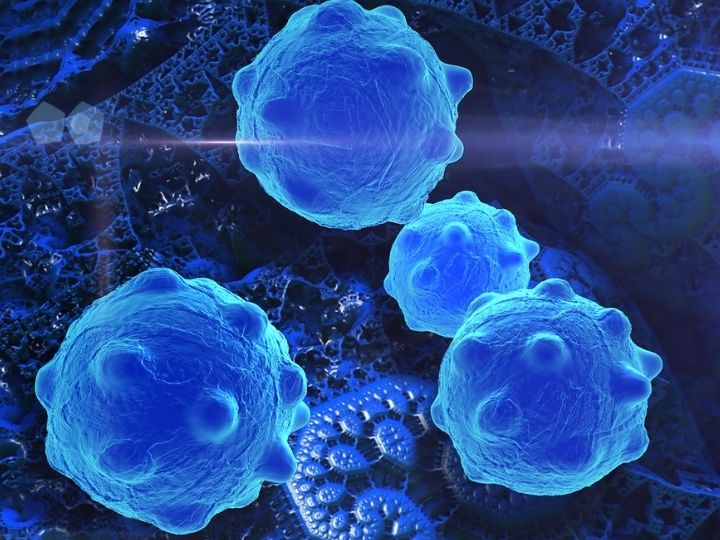

The Center for Nuclear Receptors and Cell Signaling at the University of Houston has developed a new way to detect very rare and highly heterogeneous circulating tumor cells with high specificity and sensitivity. The UniPro device is reported in the journal Molecular Therapy. UH’s Office of Technology Transfer & Innovation is now working with industry partners to establish the best plan to commercialize the technology.
Circulating tumor cells (CTC), which are detached from primary tumors to enter the bloodstream, are particularly hard to detect. Only a few of these rare malignant cells are typically found among millions of white blood cells and billions of red blood cells per milliliter of blood.
“CTCs, like the tumors they are originally detached from, lack unique and well-defined universal biomarkers highlighting the challenges of detection specificity,” reports Dr. Shaun Zhang, M.D. Anderson Professor of biology and biochemistry and director of the Center for Nuclear Receptors and Cell Signaling. “We report a novel method that is based on a chimeric virus probe and can detect CTCs with extremely high specificity and sensitivity. Moreover, it exclusively detects live CTCs, and its detection efficacy is not impacted by the variation of epithelial cell adhesion molecule expression.”
Chimeric properties combine two viruses together. The outside of the UniPro chimeric virus probe is coated with the human papillomavirus to test blood samples. The probe provides high specificity as it is sent only inside the CTC and not to other blood cells.
“The inside DNA sequence comes from another virus that can replicate in CTC and hence amplifies the probe signal thousands of folds within 24-48 hours, which results in extremely high detection sensitivity,” said Zhang.
Although the primary importance of CTCs is their ability to seed metastatic tumors, their constant presence in the blood have made their detection an attractive alternative to the traditional biopsy for clinical applications such as cancer screening, therapy evaluation and disease prognosis.
Current methods of detecting CTCs mainly rely on immunological detection of protein markers on the tumor cells. They suffer from two main drawbacks. First, when tumor cells get into the blood, they intend to undergo a biological change called epithelial-mesenchymal transition (EMT). CTCs usually lose the protein markers after EMT, hence won’t be detectable by the current method. Second, the current method detects both nonviable and viable CTCs.
“The UniPro method can detect CTCs even after they have undergone EMT, and most importantly, it is the first (and only) CTC detection method that can unambiguously detect live CTC,” said Zhang.
Unambiguously detecting live circulating tumor cells opens the door for many clinical applications, such as convenient and instantaneous monitoring of the effectiveness of clinical cancer treatment and monitoring cancer relapse.
Zhang’s research team includes Xinping Fu and Lihua Tao, both from the Department of Biology and Biochemistry and Center for Nuclear Receptor and Cell Signaling at UH.